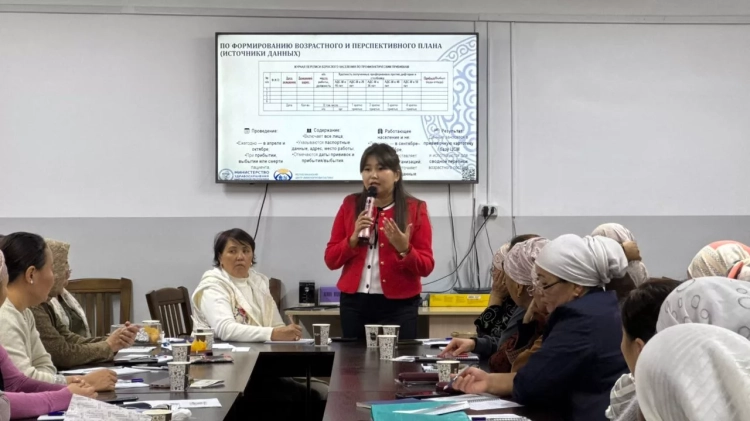The study was initiated last year and covered 18 regions of the country. The results showed that elevated lead levels were detected in children across all surveyed areas.
Main Findings of the Study
- According to the study, one in five children (21%) in Kyrgyzstan has a blood lead level exceeding the recommended WHO values. This raises serious concerns, as the data reflect the overall exposure to lead among children, not limited to environmentally disadvantaged areas.
- Lead levels varied depending on demographic factors and regions. High levels were recorded among boys, older children, and those living in rural areas with less educated parents.
- Children living in environmentally polluted areas had significantly higher lead levels compared to national averages. Average blood lead levels in boys living in such areas exceeded those of girls.
Significance of the IssueResearchers emphasize that lead is an extremely toxic substance that can negatively affect the mental and physical development of children. Children are more vulnerable as they absorb lead from the environment in larger quantities than adults, and their nervous systems are still developing.
Even minimal amounts of lead can affect brain development and lead to behavioral changes, reduced IQ, which will subsequently impact quality of life. WHO recommends intervention for children with blood lead levels above 5 µg/dL, as there is no safe level of lead exposure for children.
This data is particularly relevant in light of discussions regarding the state program "Strategy for the Development of the Critical Minerals Sector of the Kyrgyz Republic for 2025–2030," in which over 60% of planned deposits contain lead, as well as mercury, antimony, and uranium.
Experts point to the need for a united effort from the government, specialists, and the public to protect children's health in light of the findings.
How to Minimize Lead Exposure in Children?
There are several steps that parents can take to reduce lead exposure:- Regularly wash children's hands, especially before meals;
- Keep the home clean by removing dust;
- Use clean water and thoroughly wash vegetables and fruits;
- Ensure a balanced diet rich in calcium, iron, and vitamin C, which helps reduce lead absorption.
Typically, there are no symptoms, and physical manifestations are not noticeable to either parents or doctors.
The only reliable method for diagnosing lead poisoning is a blood test.
Recommendations for the Government
The Coordination Council for Public Health under the government has been proposed to:- Within the framework of the state program "Strategy for the Development of the Critical Minerals Sector of the Kyrgyz Republic for 2025–2030," allocate funding for monitoring lead poisoning in children, as well as for the repair and construction of water supply systems and tailings storage facilities.
- Conduct sanitary assessments and inspections of the old housing stock, especially in vulnerable areas and near industrial facilities related to lead.
- Inform parents about the risks associated with lead dust and secondhand tobacco smoke, especially in old houses.
- Support social programs for the repair and reconstruction of housing in disadvantaged areas and, where possible, relocation from potentially hazardous locations.






















